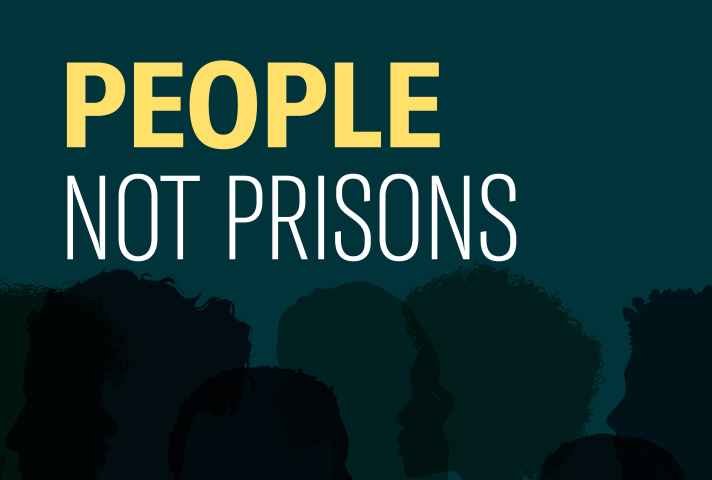We are gathering at the Roundhouse on Tuesday, January 30th, to tell our lawmakers that we want treatment over punishment, resources for communities, not prisons, and alternatives to incarceration that keep families whole. This group of advocates is led by New Mexicans who have previously been incarcerated or whose family members currently are. We are demanding accountability and change that will make all New Mexicans safer and more prosperous.
Though community partners and progressive lawmakers have made important strides over the years to advance a more just and effective approach to public safety, we must protect and build upon those achievements. Doing so requires that we continue to shift the narrative away from a fear-based approach to a proactive, solution-based vision that inspires hope in New Mexico.
Please arrive at the Capitol Building at 9 a.m. We will meet in room 326 for coffee and donuts, introductions, and a quick training before breaking up into smaller groups. Each group will be led by an experienced volunteer to navigate the Roundhouse and find legislators to speak with. We will have a press conference from 10 to 11 a.m. and lunch at 12 p.m. We will end the day at 2 p.m.
Transportation needed? We will have passenger vans and can offer rail-runner tickets. After we reach capacity in the vans, we can provide rail runner tickets to those who need them.
Lunch and a T-shirt will be provided to participants.
RSVP below to mark your attendance!
